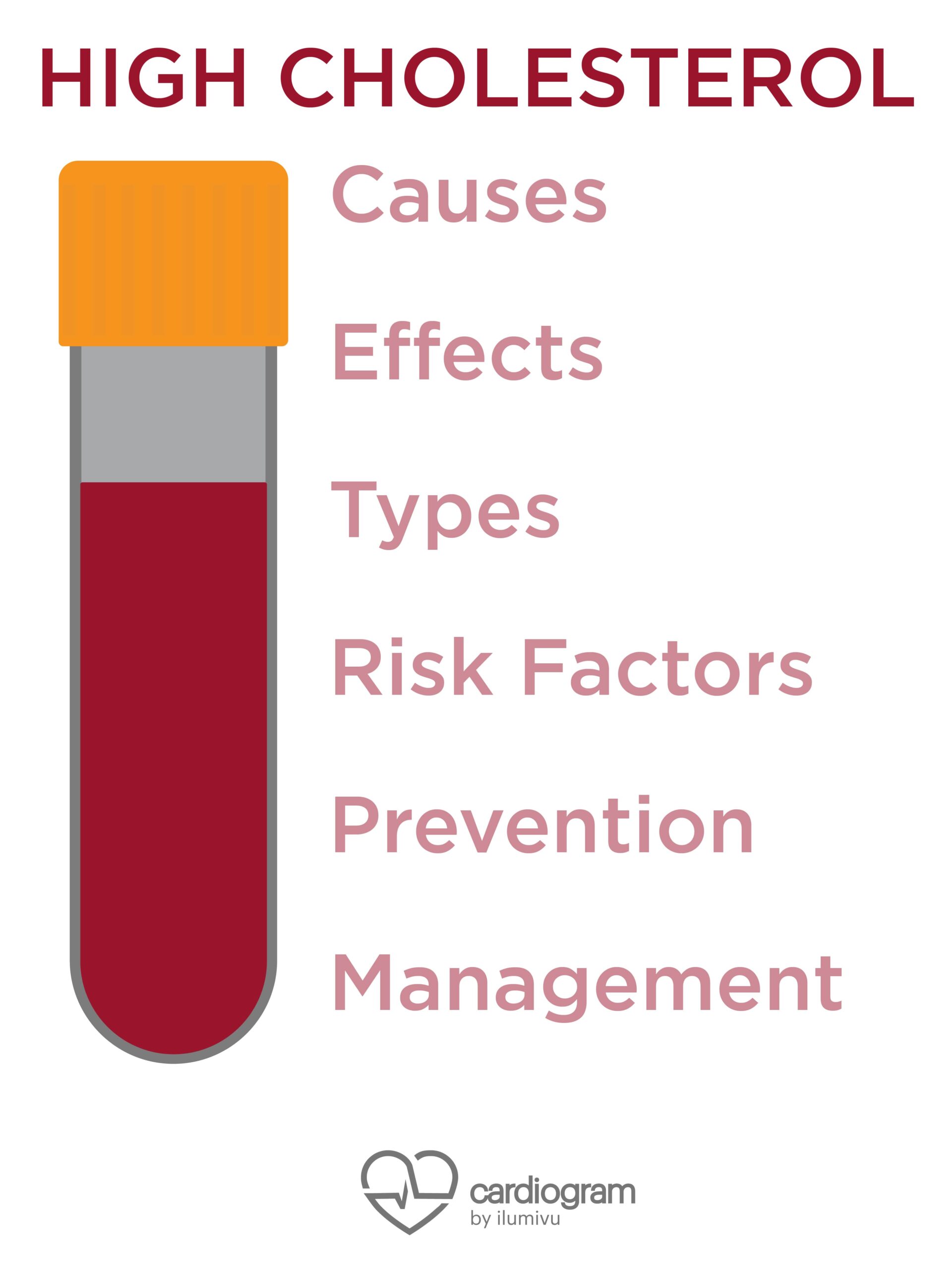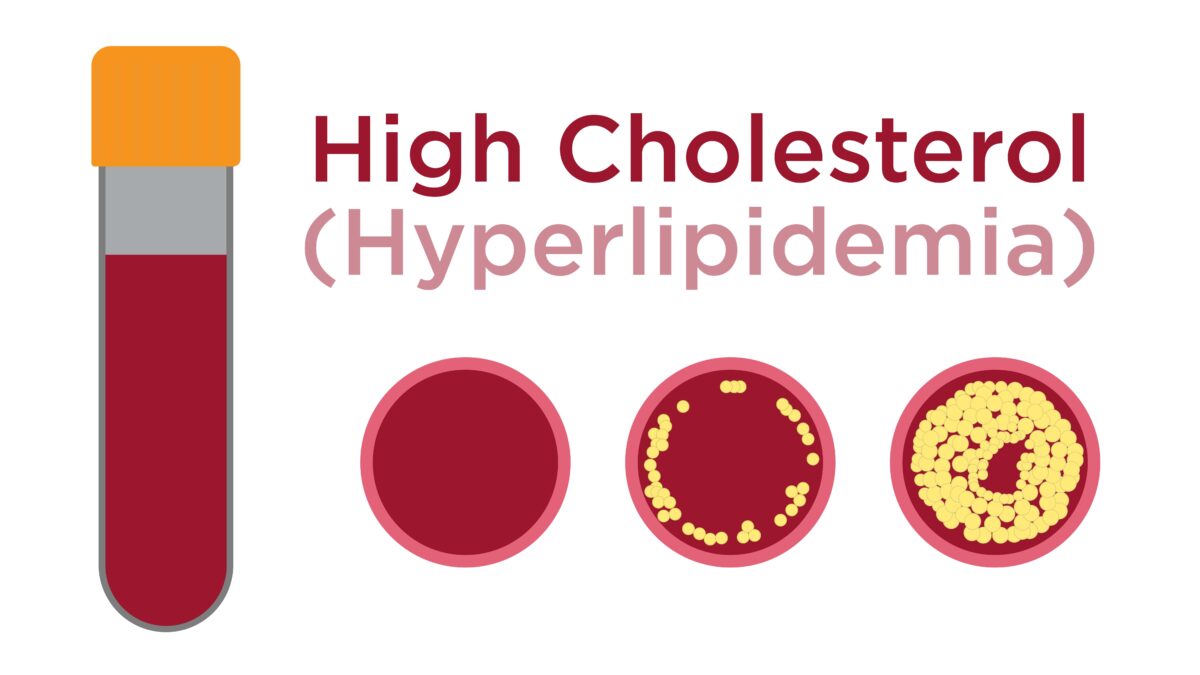High cholesterol is a common, but serious, issue. It arises when there’s an excess amount of a waxy substance called cholesterol in the blood. Around 38% of the U.S. adult population have high cholesterol1. And the development of it can lead to heart disease and stroke. But there are ways to both prevent and lower cholesterol! Before we get there, let’s start with the basics:
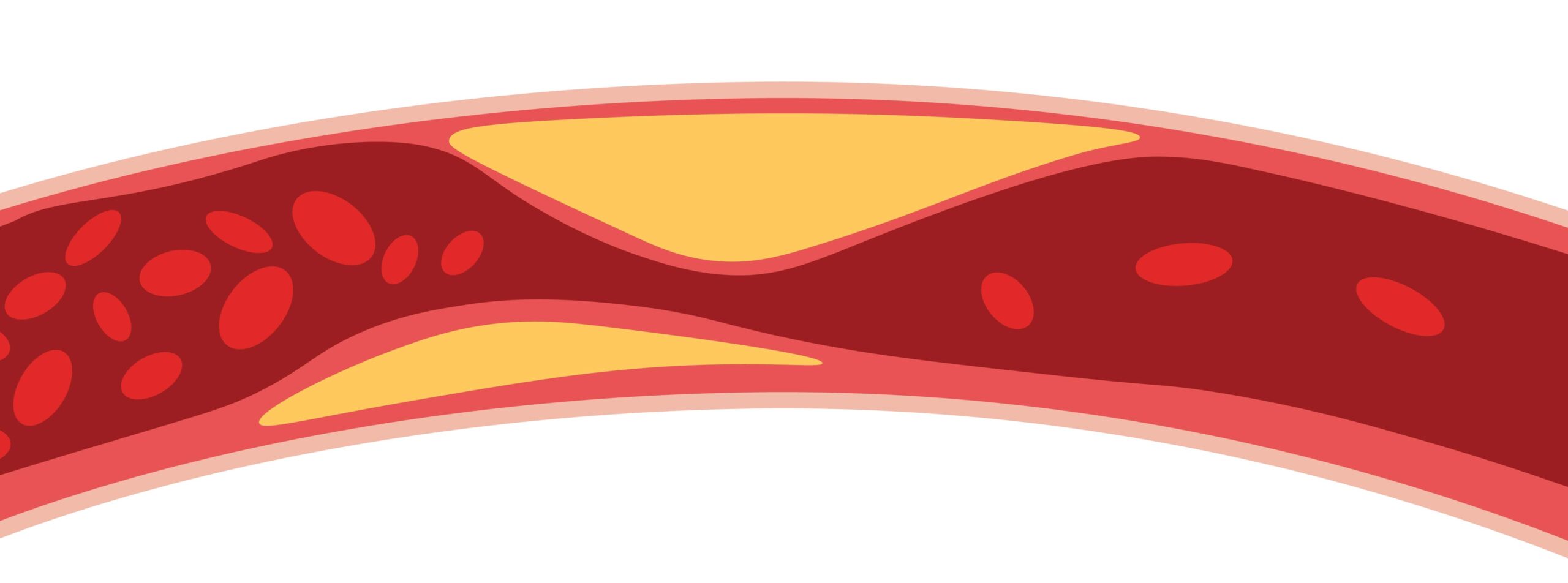
While many folks have heard about “good” and “bad” cholesterol, there are actually three types. Here’s the breakdown:
- High-Density Lipoprotein Cholesterol (HDL-C) - Considered the “good” type of cholesterol. This is because it helps move LDL-C (see below) to the liver, which removes it from the circulation and the body. HDL-C is also thought to play a role in removing LDL-C from arterial plaque.
- Low-Density Lipoprotein Cholesterol (LDL-C) - Known as “bad” cholesterol. This is due to its tendency to accumulate on arterial linings and form plaque.
- Very-Low Density Lipoprotein Cholesterol (VLDL-C) - Made by the liver and contains high amounts of triglycerides which are carried out to the body’s tissues.
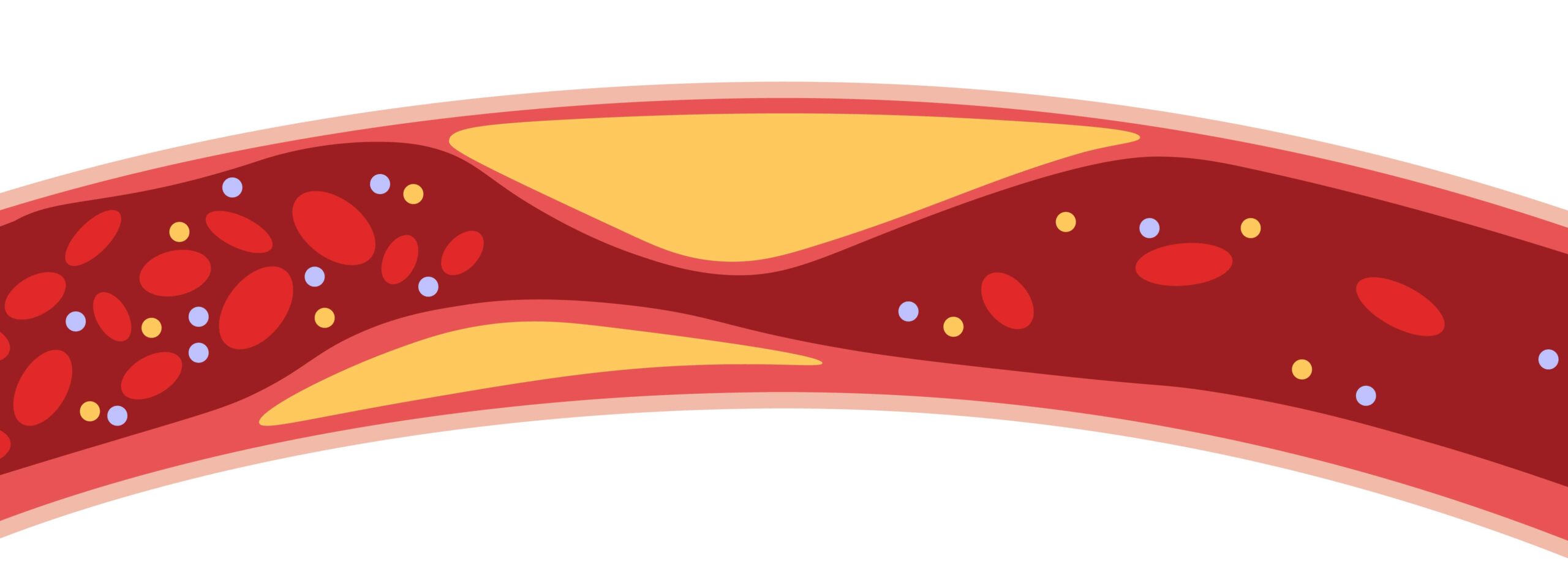
Are Triglycerides a Type of Cholesterol?
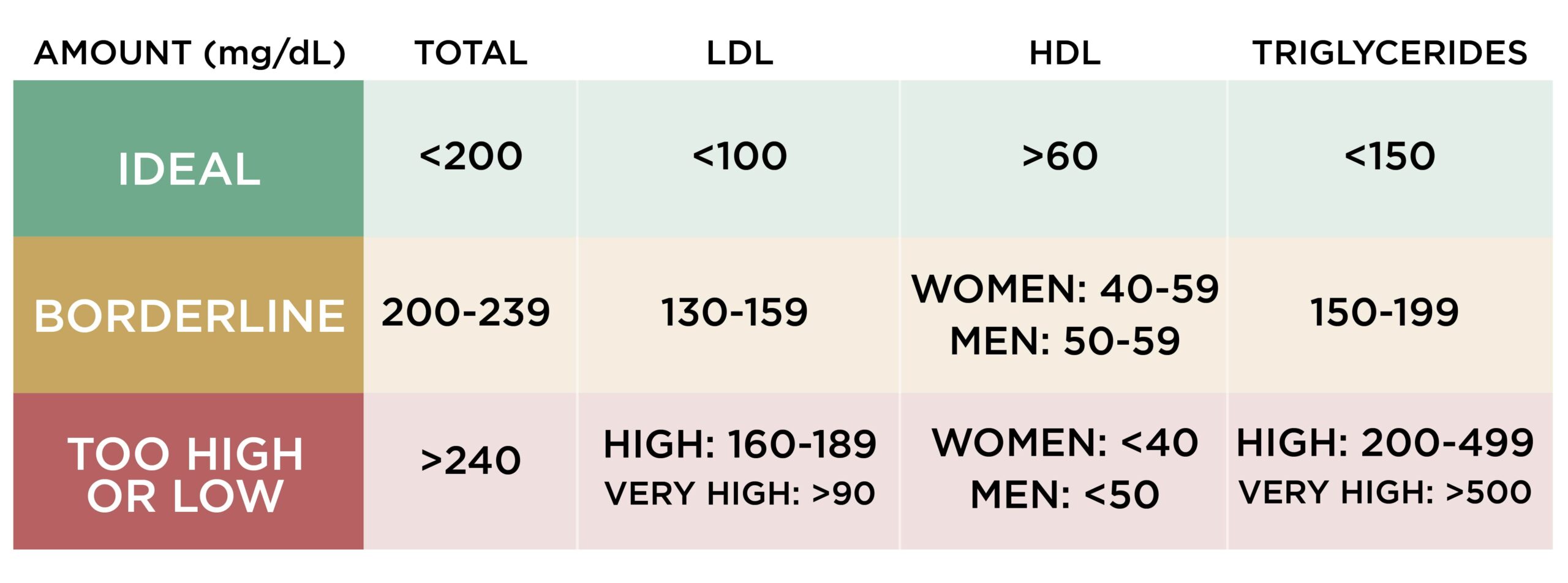
Interestingly, the recommended levels of cholesterol for adults over the age of 20 differ only slightly for men versus women. Total cholesterol is the combination of HDL-C, LDL-C and a type of VLDL cholesterol. Here are some key numbers:
- Both men and women should strive to keep their total cholesterol level between 125 and 200 mg/dL (2)
- LDL cholesterol for both groups should be less than 100 mg/dL
- HDL for men should be at least 40 mg/dL and 50 mg/dL or higher for women
- Triglyceride levels should be under 150 mg/dL
To be safe, adults should have their cholesterol levels checked when they reach age 20 and then every four to six years thereafter3. People who are treated for elevated cholesterol, or who have certain risk factors, may need to be monitored more closely and have their levels checked more frequently.
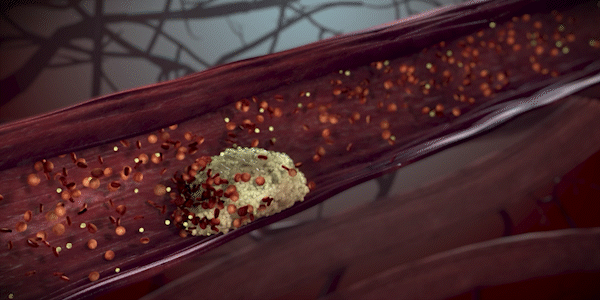
When cholesterol levels are too high, it can lead to atherosclerosis (a disease of the artery walls due to high levels of cholesterol). Atherosclerosis begins with an injury to the artery wall which results in an immune-system reaction, including inflammation. When the innermost layer of the arterial wall (tunica intima) is damaged, blood components can invade the middle layer. A plaque then forms at the injury site (the area between the innermost layer and the middle layer of the artery wall) and LDL-C, the main component of total cholesterol, embeds itself inside the artery wall4.
Over time, this leads to a narrowing of the artery walls which decreases the ability for oxygen delivery to the tissues throughout the body. Atherosclerosis can lead to coronary artery disease (CAD), peripheral artery disease (PAD), and chronic kidney disease (CKD) as the smaller arteries in the body become obstructed and less flexible from plaque deposits.
A blood clot can also form if portions of plaque break off. When this rogue plaque then travels through the circulatory system, it can cause a complete blockage of blood flow, potentially causing a stroke or myocardial infarction.
A non-modifiable risk is a risk factor you have no control over. Examples of risk factors we have no control over include heredity, race or ethnicity, age, and sex2. For example, some people are more likely to have high cholesterol because their parents have it and they have inherited this tendency. Cholesterol levels also naturally rise with age, and women generally have lower cholesterol levels than men prior to menopause (after which, women’s LDL-C levels tend to increase).
When considering risk based on race and ethnicity, Hispanic men in the U.S. have significantly higher levels of LDL-C compared with their white, Black, and Asian counterparts5. Cultural factors and genetics both may contribute to racial and ethnic differences in risk levels. Unfortunately, differences in health due to the accessibility and affordability of preventative care play a role as well. Certain health conditions, such as familial hypercholesterolemia and type 2 diabetes also increase the risk for having increased cholesterol levels6.
Modifiable risk factors are those that can be changed in order to decrease risk. These include weight, frequency of exercise, type of diet, and tobacco use2. For instance, consuming certain foods and being overweight can increase blood cholesterol levels. Smoking decreases the “good” cholesterol (HDL-C) and constricts blood vessels that may already be partially obstructed by plaque deposits, increasing risk of stroke. While quitting smoking can help to increase HDL-C levels, physical activity has also been shown to increase HDL-C and can contribute to weight loss. Other modifiable risk factors include insulin resistance and blood sugar levels as well as psychological stress7. If LDL levels are above 190 mg/dL, medication can help to decrease this number8.

Yes! Now, are you surprised that we will recommend healthy eating to do so? A typical American’s diet is high in calories, highly-processed foods, simple carbohydrates, and sodium. Simultaneously, many Americans are not regularly consuming vegetables or whole fruits, and the majority of food choices are low in fiber. To help reduce cholesterol, you we ideally want to do the opposite. Not only will this lower your cholesterol numbers, but it can also help to decrease blood pressure, weight, and overall cardiovascular risk.
Believe it or not, cholesterol from the foods we eat is not the biggest culprit in increasing cholesterol levels in the blood. There are limited long-term, clinically-controlled research studies to use as a basis for optimal dietary cholesterol intake. And interestingly, observational studies that look back at what research participants ate in the past usually don’t show an association between dietary cholesterol and cardiovascular risk or mortality9. Because of this, foods high in dietary cholesterol such as eggs, shellfish, and organ meats are no longer restricted in diet guidelines that aim to reduce cardiovascular disease.
So, rather than focusing on not intaking too much cholesterol to lower your numbers, you should instead focus on:10
- Increasing fiber through plant foods, including vegetables, whole grains, nuts, legumes, and whole fruits (at least 3-5 servings of veggies and 2-4 servings of whole fruits daily).
- Limiting sugary foods and beverages
- Limiting highly-processed foods (also called ultra-processed foods)
- Choosing foods containing monounsaturated and polyunsaturated fats most often
- Including at least two servings of fish per week
You can also look into both the DASH diet (Dietary Approaches to Stop Hypertension) and the Mediterranean diet. They both include beneficial foods to help those with elevated cholesterol and increased risk of heart disease lower these risks10. Specifically, they include vegetables and whole fruits, whole grains, and proteins such as fish, seafood, and legumes. Limited amounts of animal products such as red meat, poultry, dairy, and eggs are consumed. In the Mediterranean diet, the main fat used is olive oil. Foods are not highly processed. And small amounts of alcohol are consumed in the form of wine with meals. The DASH diet additionally includes a specific focus on reducing sodium intake in the diet.
Another way to improve cholesterol levels is through regular exercise. It’s been shown as an effective way of increasing HDL cholesterol, which then helps to offset LDL cholesterol11. Those who have been sedentary for a while are recommended to consistently (at least three times a week) engage in moderate-intensity aerobic exercise. For those who are used to regular exercising, high-intensity exercise works just as well, though it hasn’t been shown to be any more effective in improving cholesterol than moderate-intensity11. Exercises would be helpful include:
- Walking
- Running
- Swimming
- Cycling
Enroll in a habit
Journaling
Exercise in your optimal zone
Join our facebook community
- https://www.cdc.gov/cholesterol/index.htm
- MedlinePlus. (2017). Cholesterol levels: What you need to know. U.S National Library of Medicine. https://medlineplus.gov/cholesterollevelswhatyouneedtoknow.html
- American Heart Association. (2019a). How to get your cholesterol tested. https://www.heart.org/en/health-topics/cholesterol/how-to-get-your-cholesterol-tested
- National Heart, Lung, and Blood Institute. (NHLBI). Atherosclerosis. U.S. Department of Health and Human Services. From https://www.nhlbi.nih.gov/health-topics/atherosclerosis
- American Heart Association (2019b). Ethnicity a ‘risk-enhancing’ factor under new cholesterol guidelines. https://www.heart.org/en/news/2019/01/11/ethnicity-a-risk-enhancing-factor-under-new-cholesterol-guidelines
- Centers for Disease Control and Prevention. (2020). Knowing your risk for high cholesterol. https://www.cdc.gov/cholesterol/risk_factors.htm
- Dar, T., Radfar, A., Abohashem, S., Pitman, R. K., Tawakol, A., & Osborne, M. T. (2019). Psychosocial stress and cardiovascular disease. Current Treatment Options in Cardiovascular Medicine, 21(5), 23. doi: 10.1007/s11936-019-0724-5
- American Heart Association (n.d.). My cholesterol guide. Retrieved from https://www.heart.org/-/media/files/health-topics/cholesterol/cccc_my-cholesterol-guide.pdf?la=en
- Collins, K. (2015). The debate about dietary cholesterol: Should nutrition recommendations set a limit? https://www.acc.org/latest-in-cardiology/articles/2015/08/19/12/57/the-debate-about-dietary-cholesterol
- Franz, M.J., Boucher, J.L., & Pereira, R.F. (2017). Pocket Guide to Lipid Disorders, Hypertension, Diabetes, and Weight Management, 2nd Ed. Academy of Nutrition & Dietetics.
- https://www.ncbi.nlm.nih.gov/pmc/articles/PMC3906547/
